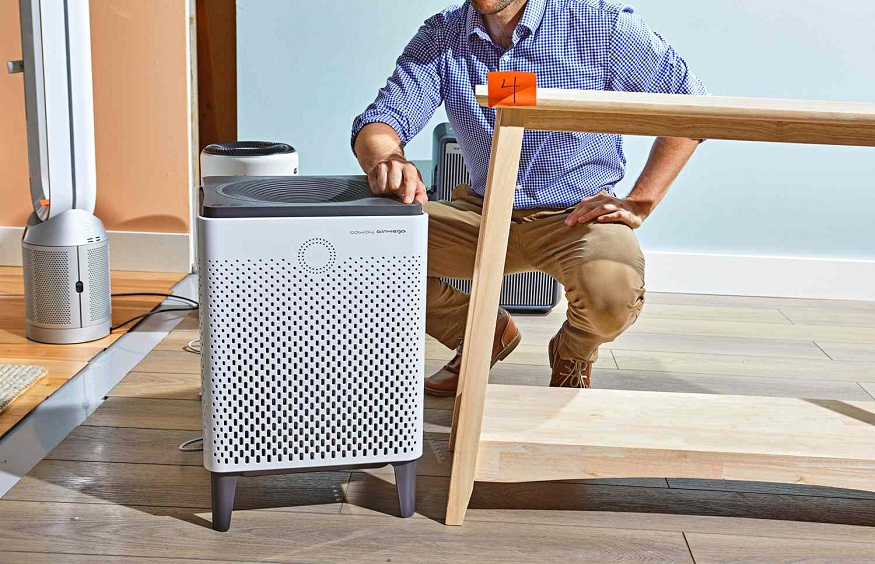Indoor air quality has become a significant concern in a world that is becoming more urbanised and industrialised. As we spend more time indoors, we need to pay attention to the air we breathe. By eliminating dangerous contaminants from the air, an air purifier machine provides a workable way to improve the quality of the air. But what is the science underlying these gadgets’ capacity to purify the air in our homes, and how do they operate? You may better appreciate why air purifiers are becoming such an essential component of preserving a healthy interior atmosphere by being aware of their workings.
Filtration Systems
Filtration is one of the main methods an indoor air purifier uses. The majority of air purifiers have many filtration layers that are intended to collect a variety of airborne pollutants. The HEPA filter, which stands for High-Efficiency Particulate Air, is the most well-known one. HEPA filters are very good at capturing dust, pollen, pet dander, and some microorganisms that are as small as 0.3 microns. Clean air is delivered back into the space after the air purifier takes in air from the room and forces it through these filters, which trap the particles. This ongoing procedure guarantees that the air you breathe gets healthier and purer over time.
Activated Carbon
Many indoor air purifiers use activated carbon filters in addition to mechanical filtration to remove gaseous pollutants and smells. Because of its high porosity and massive surface area, activated carbon can absorb a wide range of gases and chemical substances. Odours from cooking, pets, or smoke, as well as volatile organic compounds (VOCs) from household goods, are captured in the carbon as air flows through the filter. By doing this, you may stop harmful chemicals from moving around your house, making the air cleaner and fresher without using artificial air fresheners.
Ultraviolet Light (UV)
Certain air purifiers come with ultraviolet (UV) light technology installed. Microorganisms that may be floating in the air, such as bacteria, viruses, and mould spores, are killed or rendered inactive by UV radiation. The UV light that the air passes through the purifier breaks the DNA of these bacteria, stopping them from increasing or causing harm. For this reason, houses where airborne germs are a worry can benefit significantly from UV air purifiers. To enhance its efficacy, UV radiation is frequently employed in conjunction with other filtration techniques; it is crucial to remember this.
Photocatalytic Oxidation
Some indoor air purifiers use photocatalytic oxidation (PCO), a more sophisticated technology. This procedure breaks down contaminants at the molecular level by combining UV radiation with a catalyst, like titanium dioxide. When UV light hits the catalyst, it produces highly reactive chemicals that attack and convert bacteria and other dangerous pollutants, such as volatile organic compounds (VOCs), into innocuous things like carbon dioxide and water vapour. Although this technique is quite good at getting rid of some pollutants and bacteria, it is usually combined with filtration to offer a more thorough means of cleaning indoor air.
Conclusion
Using a variety of technologies, the science behind air purifiers is intriguing and varied, ensuring that the air in your house is as clean and healthy as possible. A mechanical filter, UV radiation, or even more sophisticated techniques like photocatalytic oxidation are some of the ways that an indoor air purifier can eliminate airborne particles, contaminants, and pathogens. It becomes evident why air purifiers are a crucial instrument for preserving healthy indoor air quality and promoting general health when one understands how these devices operate. Purchasing one of these appliances can provide you peace of mind and a healthier living space by significantly improving the quality of the air you breathe on a daily basis.

